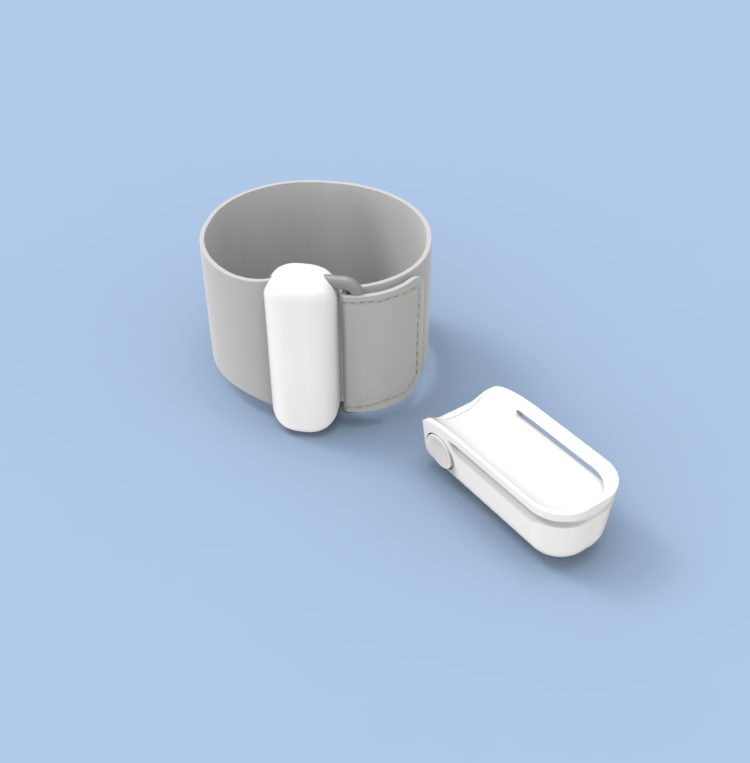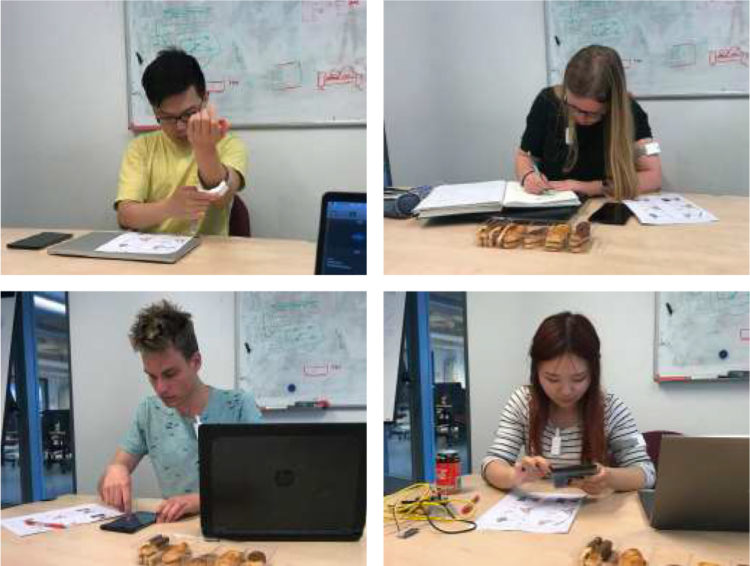Noise fatigue in the ICU
Jan 2019 - ongoing
Development of a platform for sound data collection and visualization.
Noises that nurses experience in the intensive care unit (ICU) was the starting point of Yoon Lee’s graduation project. The exposure to excessive noise for an extended period results in the medical symptom “alarm fatigue”, which refers to numb auditory senses, stress and low job satisfaction. This often leads to low job performances in the end. Cho et al. (2016) reveal that 65% of significant ICU incidents occur by not responding to alarms appropriately. Since the alarm is not a single source of noise in the ICU, Yoon first defined which sound group will be seen as a culprit of “noise fatigue” as an expanded concept of alarm fatigue.
What I focused on was not the design solution to reduce noise, but on how noise can be captured and how other sound sources than alarms can be
defined as a source of stress too. The proposed new system can function as a foundation to start other design interventions.
Yoon Lee (Master's student Integrated Product Design)
A mobile sound and emotion tracker
I aimed for developing a sound tracker which can categorize the sounds, detect the sound level in the environment, and combine the collected sound information with other indicators that show the nurses’ stress level. A mobile sensor that could be attached to nurses came out as a result: nurses are mobile so the data collected by them is more interactive compared to static sensors attached to walls. A sound classification filter was connected to the hardware design. The objective and subjective stress levels could be collected through heart rate tracking and by means of emotional reporting done by the nurses through a mobile application. A firebase server functions as a hub to summarize the data so that the collected information could be analyzed.


Testing reliability and usability
Students of the Faculty of Industrial Design Engineering (TU Delft) tested the physical prototypes and application on reliability and usability. Most of the participants said the app was intuitive and easy to learn, but they had concerns about how this system could be applied to the real hospital environment, which remains as a further assignment. With an improved accuracy level of the sound classifier, I firmly believe that the platform – Cacophony Mapper – can function as a tool to define noise fatigue in the ICU.


Why use the Cacophony Mapper?
Cacophony Mapper will be introduced in the ICU as a platform that raises awareness about the sounds produced in the ICU. It will not only tackle the criticality of the ICU’s sound problem but also initiates future research and design project for behavioural change for the purpose of a pleasant sound environment. A new culture of taking care of the noise in the ICU will be made, and it will improve the quality of the nurses’ work environment as well as the general perception of patients and stakeholders about the ICU experience as a whole.